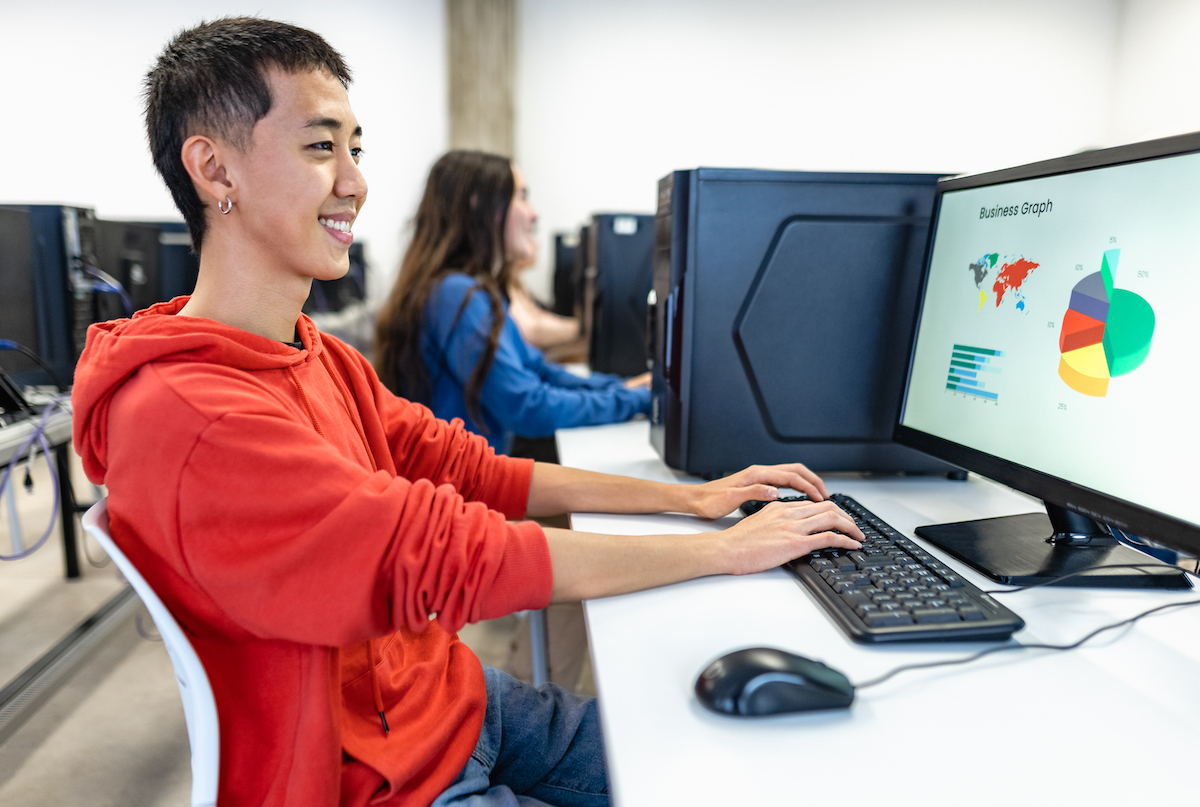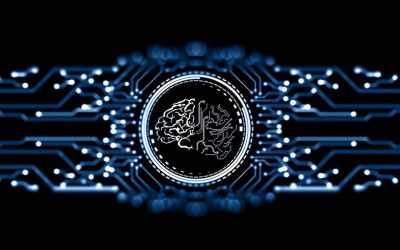While schools have bid farewell to social distancing, face masks, and other COVID-19 restrictions, there are new best practices that have proved to be transformative, and school leaders aim to implement them for the long term. One of these practices is the integration of Learning Management Systems or LMS, not as an alternative but as a complement to conventional approaches in education delivery.
An LMS is a digital platform that allows learning anytime, anywhere, on any device. It provides learners and educators with an accessible education platform to develop and deliver content, track student engagement, evaluate student progress, and gather data on the learning process. An LMS makes learning an engaging experience and enhances positive outcomes for learners and educators.
Streamlines School Administrator Tasks
An LMS is equipped with features that address the needs of educational institutions, regardless of their size. It simplifies administrative processes, providing school administrators a fast and easy way to communicate with school stakeholders, create analytics and reports, and export grade books to DepEd forms.
Empowers Educators
With a user-friendly platform at their disposal, teachers can easily create engaging and interactive content. They can also inject their own creativity into course materials by customizing fonts and colors. They can share materials among themselves, to save time and to improve quality. An LMS also serves as a centralized hub where teachers can store and organize video, audio, and text materials that students can consume in or outside of class. Administrative tasks such as grading and reporting are streamlined with the use of an LMS, allowing teachers to devote their energy and time on creating quality content.
Promotes Student-Centric Learning Experience
With an LMS, the school can design a learning journey that matches the student’s ability. Through the platform, students are given the flexibility to access course materials and resources even outside of scheduled class times. On the other hand, teachers can provide supplementary materials or remedial content if a student needs extra support. This personalized approach accommodates diverse learning styles and promotes independent learning.
Reduces IT Workload
A robust LMS performs efficiently and securely in the cloud. With features such as managed software updates, service monitoring and recovery, automated cloud backups, and full restoration capabilities, IT administrators can be assured of a seamless and secure experience for both users and administrators.
More uses of an LMS include:
- Course creation: Educators can easily create and effectively deliver engaging content.
- Student enrollment: With an auto-enroll feature, teachers can easily enroll students in specific courses and track their progress.
- Delivery of lessons: Students can access the course anytime, allowing for flexible learning experiences. Files are also available for download for offline consumption, enabling learners to access the course even with an unstable internet connection.
- Assessments: Educators can easily create and administer comprehensive assessments such as quizzes, assignments, and exams.
- Feedback: Through an LMS, teachers can provide constructive feedback to students in a timely manner.
- Communication: Teachers and students can continue to exchange information or engage in discussions outside of class hours in a secure LMS platform.
- Reporting: An LMS can help facilitate informed decision-making with the platform’s capability to track and monitor a student’s progress and generate comprehensive reports.
- Analytics: School leaders can leverage LMS advanced analytics tools to gain insights into identifying learning gaps, improving teaching methods, and more.
Future-Proofing Education through LMS
The notion that learning can only take place within the four walls of a physical classroom is no longer true. The pandemic served as a catalyst for much-needed change, liberating the Philippine educational system from traditional learning delivery modes and facilitating a more enriching and uninterrupted learning journey, regardless of whether the class is being held in a physical or virtual classroom.
Xepto Makes LMS Work for You
If you would like to discover how a Learning Management System can enhance your students’ learning outcomes, Xepto Education is here to help. Xepto has trained and onboarded thousands of teachers and students from top schools into the Xepto Learning Management Systems, with 50,000 users and counting. To see a demo, message hello@xeptoeducation.com.











